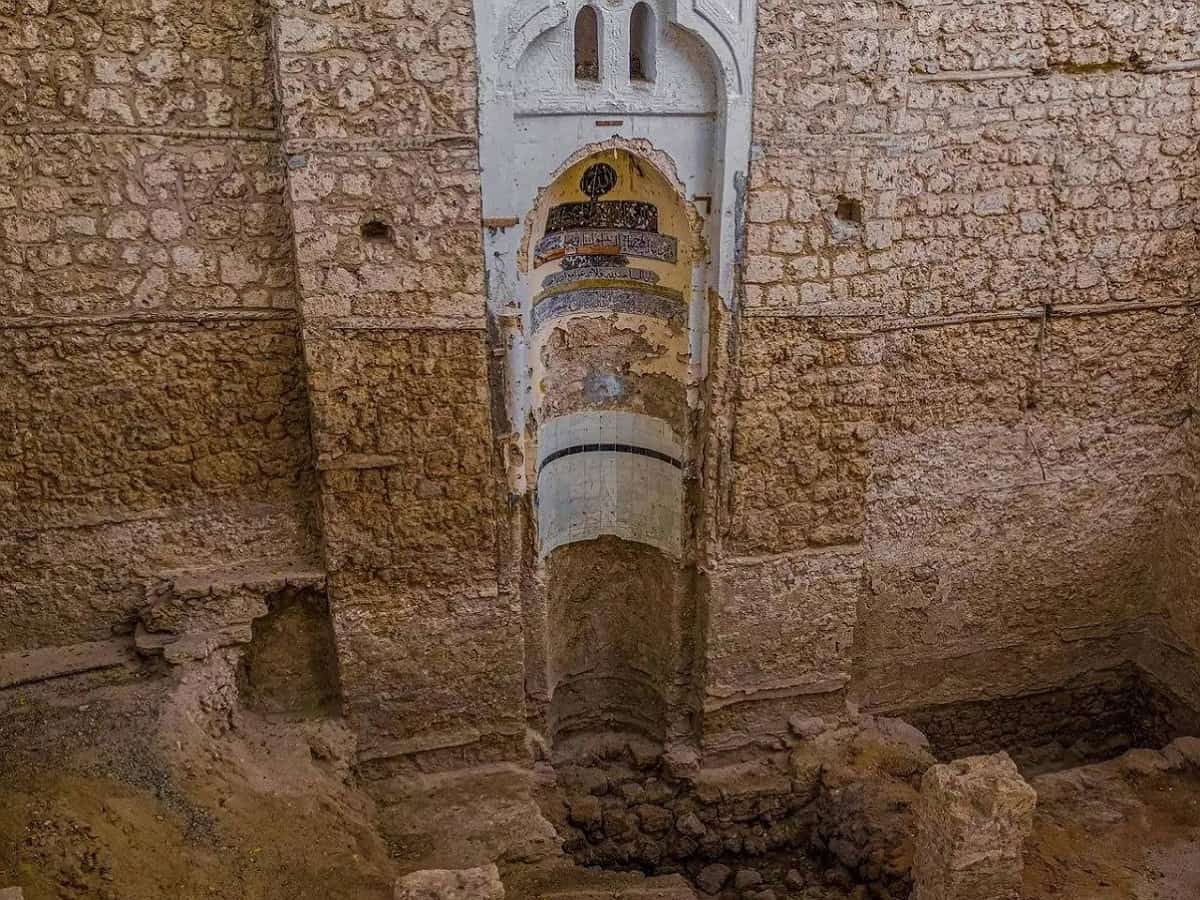
Riyadh: The authorities in the Kingdom of Saudi Arabia (KSA) have announced the discovery of 1200-year-old architectural patterns of the Othman bin Affan Mosque. The discovery is part of the initial phase of the archaeology project in Historic Jeddah.
The Jeddah Historic District Programme (JHDP) conducted studies on the mosque’s rich history revealing its traditional architectural styles, including an open courtyard and covered prayer hall.
The mosque, dating back to the 14th century AH, has undergone numerous restorations, preserving its original mihrab and spatial design for over a millennium.
The majority of mosque restoration and renovation operations were conducted based on the floor’s height and its patterns.
Clay tile and plaster flooring evolved into flagstone, which remained in use for around 400 years. The floor level was raised periodically during renovations, and the flagstone flooring was reused until the early 20th century AD.
Archaeologists discovered ancient groundwater tanks under the mosque, a significant change and a common issue in historic Jeddah due to limited water supply. The tanks were filled with pure water around 800 years ago.
The Othman Bin Affan Mosque’s 1200-year history is encapsulated by numerous archaeological discoveries during its excavation.
The fragments consist of 11th-century AH Chinese blue and white porcelain and 4th-6th century AH Celadon ware with a soft green-grey coloured glaze.
They also discovered fragments of white, green, and yellow glazed pottery dating back to the 3rd-4th century AH (9th-10th century AD) in the mosque.



